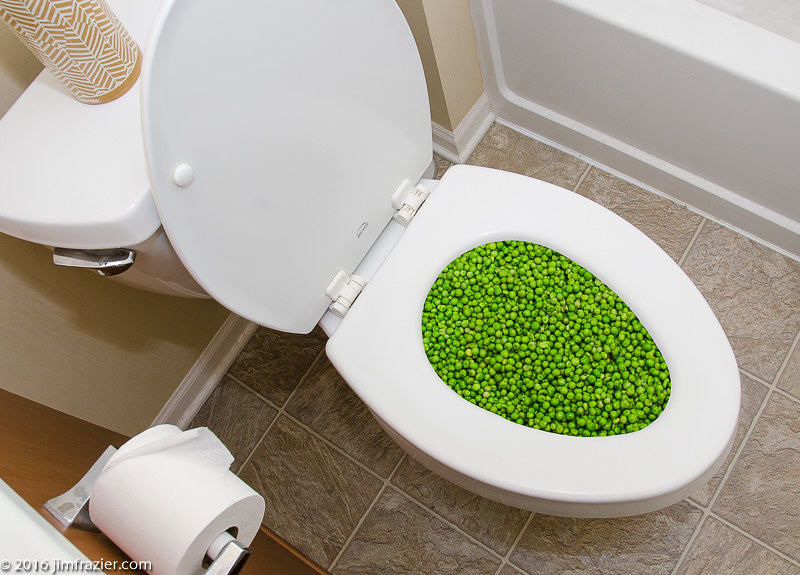Are You Permitted to Dispose of Food Waste in the Toilet?
Are You Permitted to Dispose of Food Waste in the Toilet?
Blog Article
Just how do you feel when it comes to What Can Happen If You Flush Food Down the Toilet??

Intro
Lots of people are typically faced with the predicament of what to do with food waste, particularly when it concerns leftovers or scraps. One common concern that occurs is whether it's all right to flush food down the commode. In this post, we'll delve into the reasons that people could consider flushing food, the effects of doing so, and alternate approaches for appropriate disposal.
Reasons that people could consider purging food
Absence of understanding
Some people may not recognize the possible injury brought on by flushing food down the commode. They may erroneously believe that it's a harmless technique.
Convenience
Purging food down the commode may look like a fast and easy service to disposing of unwanted scraps, particularly when there's no neighboring trash bin offered.
Idleness
In some cases, individuals may simply select to flush food out of large idleness, without considering the repercussions of their activities.
Effects of flushing food down the commode
Ecological effect
Food waste that winds up in waterways can contribute to contamination and injury marine ecological communities. In addition, the water utilized to flush food can stress water sources.
Pipes concerns
Purging food can bring about clogged pipes and drains, triggering expensive plumbing repair services and hassles.
Types of food that need to not be flushed
Fibrous foods
Foods with coarse structures such as celery or corn husks can obtain entangled in pipelines and trigger blockages.
Starchy foods
Starchy foods like pasta and rice can soak up water and swell, resulting in clogs in pipes.
Oils and fats
Greasy foods like bacon or cooking oils ought to never ever be purged down the commode as they can strengthen and trigger clogs.
Correct disposal methods for food waste
Making use of a waste disposal unit
For homes furnished with garbage disposals, food scraps can be ground up and purged via the plumbing system. Nonetheless, not all foods are suitable for disposal in this manner.
Recycling
Certain food packaging products can be reused, minimizing waste and minimizing environmental effect.
Composting
Composting is an eco-friendly method to take care of food waste. Organic products can be composted and used to improve dirt for horticulture.
The importance of proper waste monitoring
Lowering environmental damage
Appropriate waste monitoring techniques, such as composting and recycling, help lessen air pollution and preserve natural resources for future generations.
Shielding pipes systems
By avoiding the practice of flushing food down the toilet, property owners can stop pricey pipes fixings and keep the integrity of their plumbing systems.
Conclusion
In conclusion, while it may be tempting to flush food down the toilet for convenience, it is essential to comprehend the prospective repercussions of this activity. By taking on correct waste monitoring methods and disposing of food waste sensibly, people can add to healthier plumbing systems and a cleaner environment for all.
THINK TWICE BEFORE FLUSHING FOOD DOWN YOUR TOILET IN FALLBROOK CA
Let’s be honest, we’re really supposed to be tossing rotten or leftover food in the compost bin or trash can. But many people like to place scraps of food down the drain of, say, their kitchen sink. That’s why the garbage disposal was invented: so we can continue to place certain foods down the drain without clogging our drain in the process. Smart.
But not all of us have the luxury of having a garbage disposal installed. So, you might continue to shove food down your sink drain anyway – or worse: you might flush them down your toilet! If you’re guilty of doing the latter, you’re going to want to stop, and here’s why:
Toilet Drains Aren’t Designed to Handle Food!
There’s your answer: food just doesn’t belong in your toilet. It may seem like your toilet drain is wider than the drains of your sinks, but truth be told, that isn’t actually the case. The narrower pipes of your toilet leave your plumbing at risk for clogging if you do happen to flush your food. In addition, food doesn’t break down as quickly that toilet paper and human waste do. In turn, this leaves your toilet at risk for a nasty clog.
Although a flush of a tiny pinch of food every now and then isn’t going to completely damage your toilet, there are certain foods that should absolutely not be flushed in your toilet at all. These include starchy foods like mashed potatoes, grains, hard pieces of food that are slow to break down, and fats and oils.
The latter categories of food are particularly problematic as they may harden, expand as they absorb water, break down slowly in your system, or generally create the perfect obstruction with their gelatinous composition. These are all things you don’t want in your plumbing system!
Experiencing a Toilet Clog?
Nobody’s perfect, and we all make mistakes. Sometimes one of the mistakes people make is flushing food down their toilet and later realizing that it wasn’t the best thing to do once they see that their toilet is now clogged. Uh-oh!

We hope you enjoyed reading our excerpt about . Many thanks for taking the time to read through our article post. Do you know about another person who is excited by the niche? Be sure promote it. Thanks a bunch for your time. Return soon.
View More Report this page